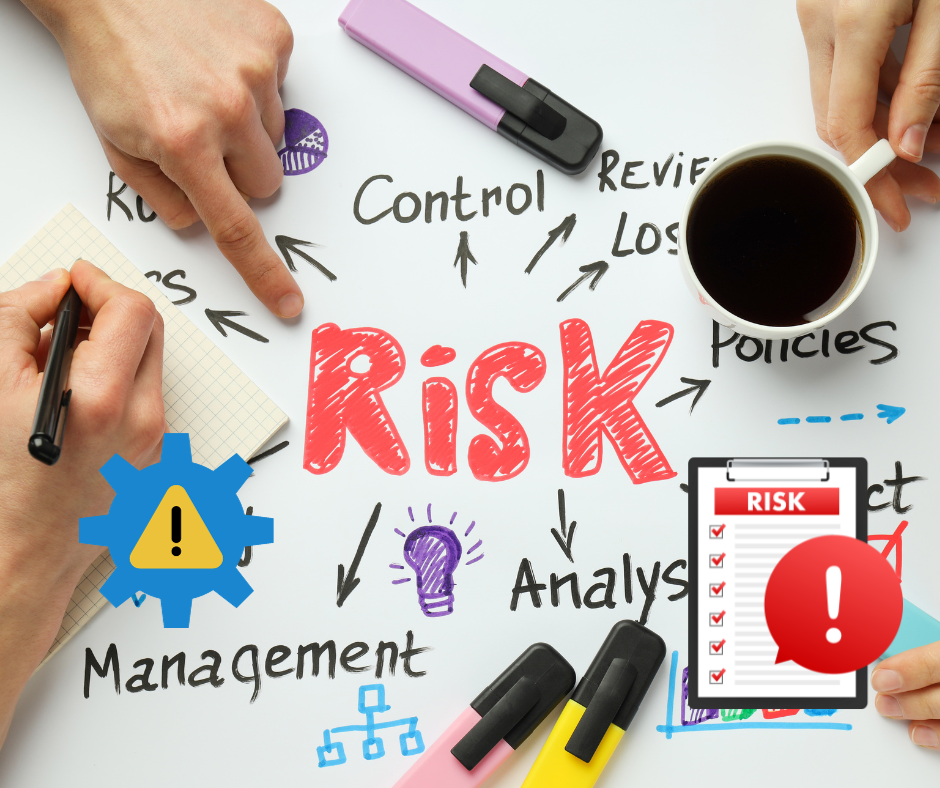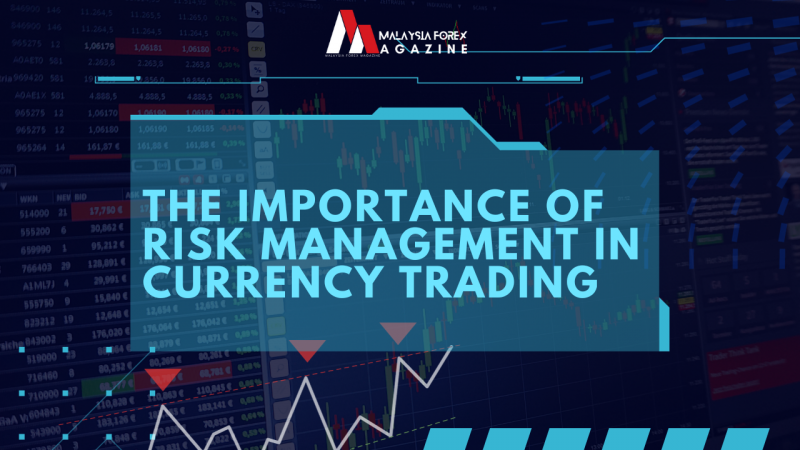In the fast-paced world of currency trading, also known as forex trading, the potential for high returns is often accompanied by substantial risks. While the allure of quick profits can be enticing, successful traders understand that risk management is the cornerstone of long-term success in the foreign exchange market.
Why is risk management so crucial in currency trading, and how can traders effectively navigate the complex landscape of the forex market? In this article, we will explore the importance of risk management and provide valuable insights into implementing risk mitigation strategies.
Understanding the Forex Market: A High-Risk Environment
Before delving into risk management strategies, it’s essential to grasp the inherently risky nature of the forex market. Unlike traditional investments in stocks or bonds, currency trading operates 24/5, allowing for continuous price fluctuations. These rapid changes present both opportunities and dangers.
Traders are exposed to various forms of risk, including market risk, credit risk, and operational risk. Market risk arises from price fluctuations and can lead to significant financial losses. Credit risk refers to the risk of a counterparty defaulting on a trade, while operational risk encompasses the risk of technical failures or human errors.
The Role of Risk Management
Risk management in currency trading is the process of identifying, assessing, and mitigating potential risks to protect trading capital and minimize losses. The primary objective of effective risk management is to ensure that a losing trade does not deplete a trader’s account or, in the worst-case scenario, lead to financial ruin.

Key aspects of risk management include:
- Position Sizing: Determining the appropriate size of a trading position in relation to the trading account’s overall capital. Proper position sizing helps limit potential losses.
- Stop-Loss Orders: Implementing stop-loss orders to automatically exit a trade at a predetermined price level to limit losses. This ensures that traders do not allow losing positions to escalate.
- Diversification: Spreading investments across different currency pairs or asset classes to reduce the impact of a poor-performing trade.
- Risk-Reward Ratios: Assessing potential rewards against potential losses before entering a trade. A favorable risk-reward ratio can justify the trade.
- Risk Tolerance: Understanding personal risk tolerance and aligning trading strategies accordingly. It’s crucial to trade within one’s comfort zone.
Risk Management Techniques
Traders employ several techniques to manage risk effectively:
- Setting Clear Objectives: Every trade should have well-defined objectives, including entry and exit points, stop-loss levels, and profit targets.
- Using Leverage Wisely: While leverage can amplify gains, it can also magnify losses. Prudent use of leverage is essential for risk management.
- Continuous Monitoring: Staying updated with market conditions and adjusting risk management strategies as needed.
- Stress Testing: Assessing how a trading strategy would perform under adverse conditions to prepare for unexpected market events.
Currency trading offers vast opportunities for profit, but it is not without its challenges. Traders who fail to implement proper risk management techniques expose themselves to substantial financial risk. To succeed in the dynamic world of forex trading, it is imperative to prioritize risk management as an integral part of your trading strategy. By diligently applying these principles, traders can mitigate potential losses and enhance their prospects for long-term success in the foreign exchange market.











